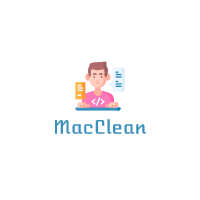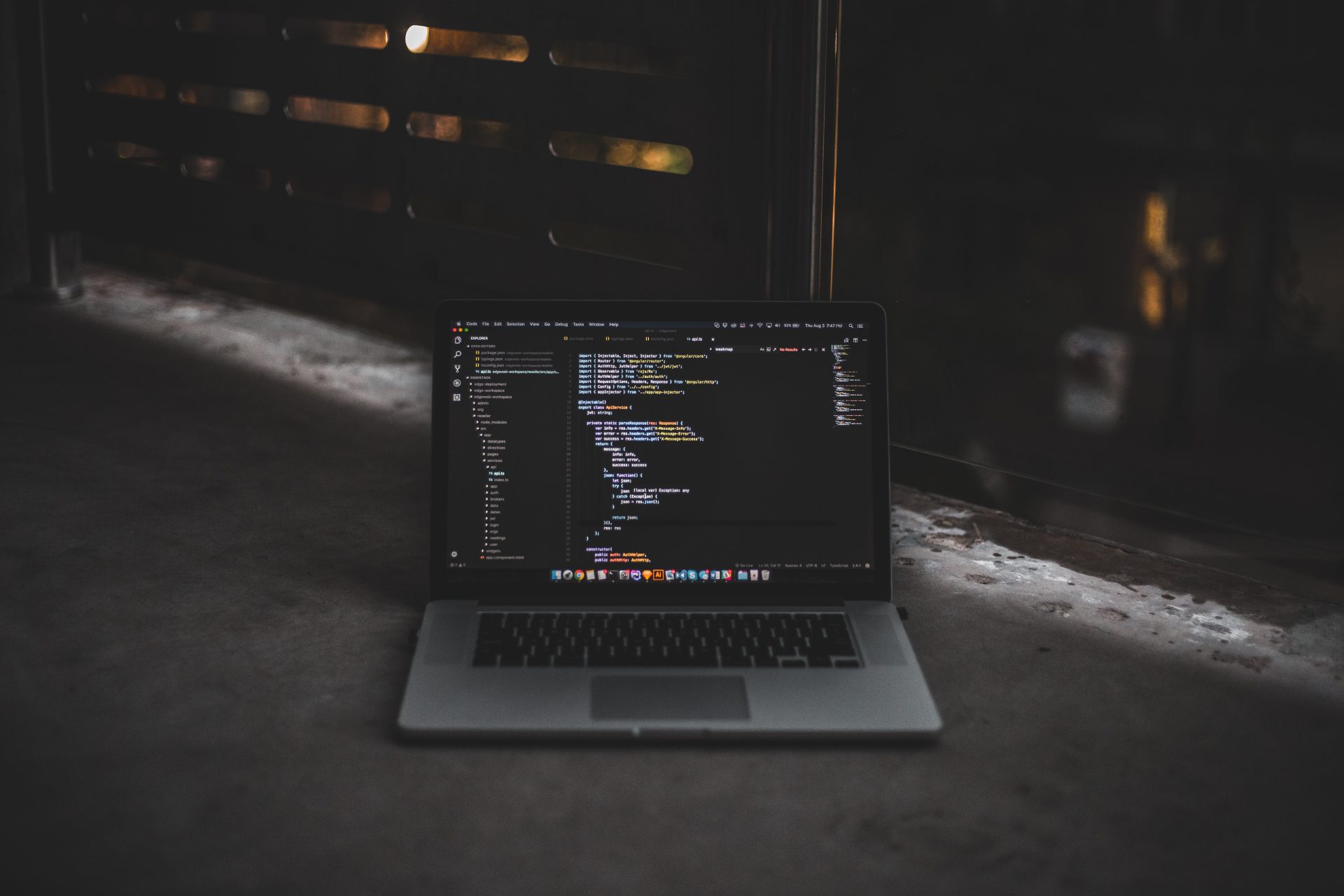Introduction to Startup Disk Clean-Up Techniques
Are you tired of your MacBook running slow and experiencing frequent crashes? One of the most common causes of this issue is a cluttered and full startup disk. The good news is that you can easily revive your MacBook’s performance by decluttering and cleaning up your startup disk.
In this article, we will take you through some proven startup disk clean-up techniques that have been tested and proven to work. By following these steps, you will be able to free up space on your startup disk, improve your MacBook’s performance, and speed up boot time.
This post will cover everything from identifying large and unnecessary files to using iCloud or an external hard drive for storage to declutter your startup disk. Whether you’re a beginner or an advanced user, you’ll find something in this guide that will help you improve the performance of your MacBook.
Identify large and unnecessary files
The first step in cleaning up the startup disk on your MacBook is to identify large and unnecessary files that are taking up space. There are a number of ways to do this, but one of the easiest is to use the built-in Storage Manager.
To access the Storage Manager, click on the Apple logo in the top left corner of your screen, select “About This Mac,” and then click on the “Storage” tab. Once you’ve opened the Storage Manager, you’ll see a breakdown of what’s taking up space on your device.
This includes items such as applications, documents, and other files. You can use this information to identify which files and folders are the largest and determine whether or not they are necessary to keep.
In addition to using the Storage Manager, you can also go through your files and folders manually to see what you can delete. This may take longer, but it can be a more thorough way to identify large and unnecessary files.
Once you’ve identified the large and unnecessary files that you want to delete, you can simply drag them to the Trash and empty them to free up space on the startup disk.
Another thing to consider when cleaning up the startup disk on your MacBook is uninstalling unnecessary applications. These applications can take up a significant amount of space on the startup disk, and getting rid of them can help to free up space.
To uninstall an application, simply drag it to the Trash and then empty the Trash. Keep in mind that some applications may have associated files or preferences that are saved elsewhere on your device, so it’s a good idea to use a tool like CleanMyMac to thoroughly remove these types of applications.
Delete temporary files and cache

Temporary files and cache can accumulate on the startup disk over time, taking up valuable space and potentially slowing down your MacBook. These files are created when you use certain applications or browse the internet, and they are meant to help your device run more efficiently by storing data that is frequently accessed.
You can delete these temporary files and cache on your MacBook in three ways, but one of the most popular is the built-in CleanMyMac tool.
To do this, simply launch the application and click on the “System Junk” tab. From there, select the temporary files and cache you want to delete and click the “Scan” button to start the process.
There are also a number of third-party applications that offer more advanced features in deleting temporary files and cache on your MacBook.
Lastly, you can delete temporary files and cache manually. Start by closing all open applications and locate the “Go” menu in the top menu bar and select “Go to Folder.”
After that, type in “~/Library/Caches” and press “Go.” This will open the Caches folder and you can delete its contents to free up space on the startup disk.
It’s important to note that deleting temporary files and cache may not have a significant impact on the overall performance of your MacBook. However, it can help to free up some space on the startup disk, which can be beneficial if you’re running low on storage.
Manage startup items
Startup items are applications or processes that are set to launch automatically when you start your MacBook. While these items can be convenient, they can also take up space on the startup disk and slow down the boot process.
If you have a lot of startup items on your MacBook, it might be a good idea to manage them and disable the ones that you don’t need.
To manage startup items on your MacBook, click on the Apple logo in the top left corner of your screen and select “System Preferences.” In the System Preferences window, click on the “Users & Groups” icon.
Then, click on your user account in the left pane and select the “Login Items” tab. This will show you a list of all of the startup items that are set to launch automatically when you start your MacBook.
To disable a startup item, simply select it and click the “-” button.
It’s a good idea to be cautious when disabling startup items, as some of them may be necessary for the proper functioning of your MacBook. If you’re unsure about a particular startup item, you can do some research online or contact the manufacturer to get more information.
By managing startup items on your MacBook, you can free up space on the startup disk and improve the boot speed of your device. It’s a simple step that can have a big impact on the overall performance of your MacBook.
Enable the Trash auto-empty feature
The Trash can be a useful tool for deleting files on your MacBook, but it can also fill up the startup disk if it is not emptied regularly. To help prevent this from happening, you can enable the Trash auto-empty feature on your MacBook.
This feature will automatically delete the contents of the Trash when it reaches a certain size, freeing up space on the startup disk.
To enable the Trash auto-empty feature on your MacBook, start by clicking on the Apple logo in the top left corner of your screen and selecting “System Preferences.”
In the System Preferences window, click on the “Dock” icon. In the “Dock” preferences, check the box next to “Empty Trash securely” and select a size for the Trash from the drop-down menu.
The Trash will now be emptied automatically when it reaches the size that you have specified.
By regularly deleting the contents of the Trash, you can free up space on the startup disk and improve the performance of your device.
Use iCloud or an external hard drive for storage
If you’re running low on storage space on your MacBook’s startup disk, you may want to consider using iCloud or an external hard drive for storage.
iCloud is a cloud-based storage service provided by Apple that allows you to store and access your files from any device with an internet connection. To use iCloud for storage on your MacBook, click on the Apple logo and select “System Preferences.”
After that, click on the “iCloud” icon and sign in to your iCloud account, or create a new account. Once done, select the “Options” button and choose the files you want to store, and click “Done.”
Another option for storing files on your MacBook is to use an external hard drive. An external hard drive is a physical device that plugs into your MacBook via a USB port and provides additional storage space.
To use an external hard drive for storage on your MacBook, you need to connect the external hard drive to your MacBook using a USB cable. The external hard drive should appear on your desktop or in the “Devices” section of a Finder window.
Double-click on the external hard drive to open it. After that, drag and drop the files that you want to store on the external hard drive into the appropriate folder.
By using iCloud or an external hard drive for storage on your MacBook, you can free up space on the startup disk and improve the performance of your device.
Conclusion: Optimizing the Startup Disk on Your MacBook
In conclusion, by decluttering and cleaning up your startup disk, you can easily revive your MacBook’s performance and speed up boot time. With the techniques outlined, you will be able to free up space on your startup disk, improve your MacBook’s performance, and prevent future issues.
We hope that this article has helped you identify large and unnecessary files, delete temporary files and cache, manage startup items, enable the trash auto-empty feature, and use iCloud or an external hard drive for storage. Remember to always back up your important files before making any major changes to your startup disk. By following these tips, you’ll be able to keep your MacBook running smoothly and efficiently.
Frequently Asked Questions
Cleaning up the startup disk on your MacBook is important because it helps to free up space and improve the performance of your device. When the startup disk is full, your MacBook may start to slow down or face other performance issues.
By deleting large and unnecessary files and optimizing the startup disk, you can free up space and improve the overall performance of your MacBook.
There are a number of ways to identify large and unnecessary files on your MacBook’s startup disk. One of the easiest is to use the built-in Storage Manager, which provides a breakdown of what’s taking up space on your device. You can also go through your files and folders manually to identify large and unnecessary files.
There are a number of tools available that can help you delete temporary files and cache on your MacBook, including the built-in CleanMyMac tool and third-party applications. You can also delete temporary files and cache manually.
To manage startup items on your MacBook, follow these steps: Apple logo > System Preferences > Users & Groups. After that, click on your user account and then click on the “Login Items” tab.
This will show you a list of all of the startup items that are set to launch automatically when you start your MacBook. To disable a startup item, simply select it and click the “-” button.

